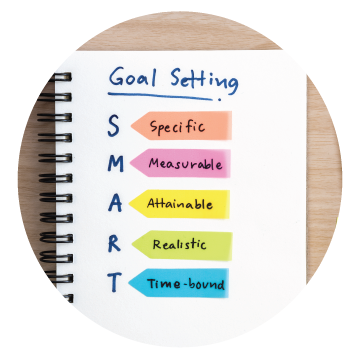As a decision maker and problem solver, you must be prepared to embrace all of the risks associated with change. There are common pitfalls that often ride on the back of both proactive and reactive change.
However, you can avoid these pitfalls if you are willing to pay the price of disturbing your own psychological comfort when choosing to change.
Listed below are a few challenges that should be considered when making a move towards change:
- It will become necessary to defend yourself against traditional ways of thinking “We have always done it that way”. You may have to do without social approval for a time. You may also encounter resistance, especially if you are young or new at the job. Not only do some people instinctively resist change, they may actively insist that they are unable to learn a new procedure or change an old habit. When you believe in your decision, be consistent, stay firm and reinforce the need to change, even if you must do so repeatedly. Remain calm and unemotional, but determined. Be confident and lead by example.
- People will be more likely to accept change when they see you embracing it with enthusiasm. When they see you not only survive, but thrive in a changed environment, they will be more willing to take the risks associated with a given change. Let your team members know that change is inevitable, and that your organisation will find a way to capitalise on change to succeed.
- Sometimes, when seeing the scope of change in its full extent, it can seem completely overwhelming. Often change cannot be made in one easy step. Usually multiple areas of change happen concurrently or in gradual steps. It is easy to forget, that in life we rarely make entire changes in one attempt. One of the best ways forward is to break larger change projects down into smaller pieces that can be undertaken one piece at a time. As a guiding rule for most people– ‘It is easier to embrace change when that change is gradual.’
- Don’t be afraid to try new ideas or processes. However if you fail, fail in a correct way. In many organisations, people don’t understand the value of a failure. This is unfortunate because failure when innovating or experimenting with change, can be a good thing. When implementing change, the correct way to fail means doing it quickly, at a low cost and never the same way twice. You don’t want to have too much money or time hinging on any one outcome. If you do, then failure is harmful, taking time and money away from other opportunities. Testing your process on smaller scales projects allows for the risks to be lessened and the flow on effect to other areas is reduced. Don’t forget to learn from your failures so that you don’t repeat them in the future.
Change IS necessary and it’s NOT evil. Learn to love change and you will be in a great position to succeed. Leadership Management Australia has a variety of complementary resources which can be used to help support any change environment.












